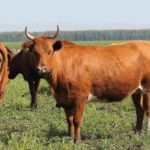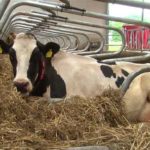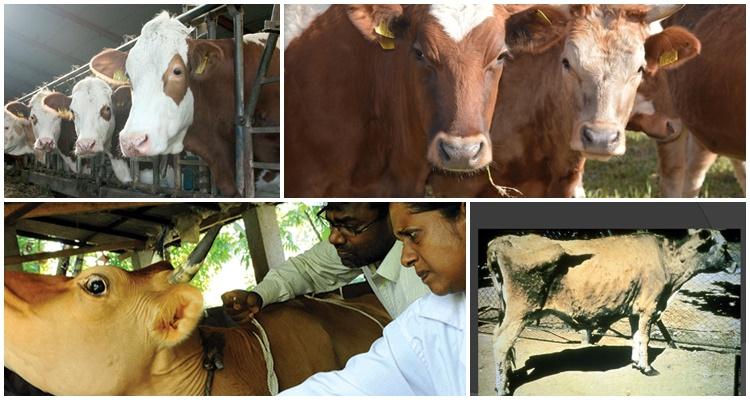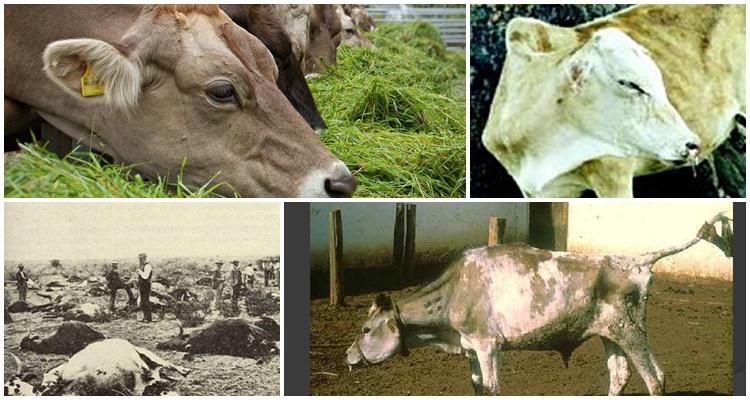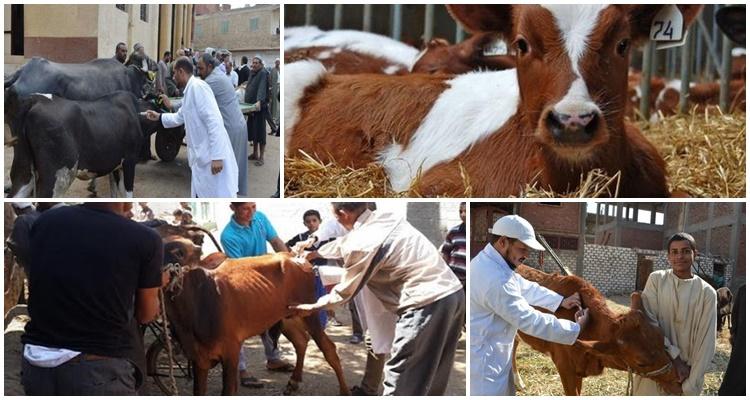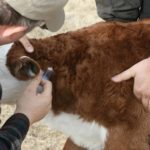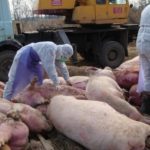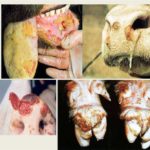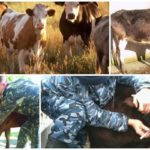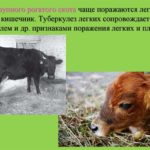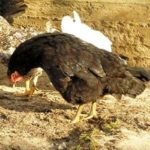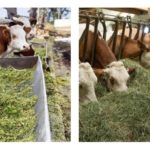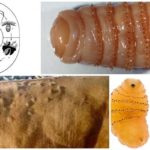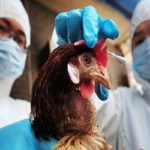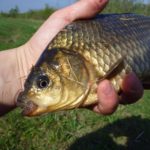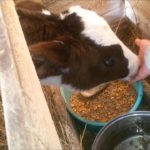Plague is a particularly dangerous infectious disease of zoonotic origin. Accompanied by severe intoxication, fever, disorders of the lymphatic system, tissue necrosis. When infected with plague, the mortality rate of cattle is 100%. The disease is also dangerous due to its high contagiousness and rapid spread to the entire population. Although plague is considered an eradicated disease, every farmer should know detailed information about it.
What is rinderpest?
In the International Classification, the plague is included in group A (extremely dangerous).The official name of the pathology is Pestis bovina. It is of a viral nature and destroys the mucous membranes of organs and skin. Infected areas become inflamed and quickly die.
Cattle remain highly susceptible to the virus that causes plague. In addition to cattle, other ungulates are also likely to get sick:
- Goats.
- Sheep.
- Pigs.
- Wild ungulates (buffalo, deer).
The disease is caused by a paramyxavirus virus. The causative agent of plague has its own RNA. Once in the bloodstream, it spreads quickly.
The first information about rinderpest dates back to the beginning of our era. The contagious nature was discovered in 1711, and confirmed in 1895. The causative virus was identified later - in 1902. Now rinderpest is registered only in 3 world regions: Tropical Africa, the Middle East, Asia. In the countries of the former USSR, rinderpest has not been diagnosed since 1928.
Causes
The disease is especially contagious for young cattle under one year of age. The main source of plague transmission is an infected individual. It releases pathogens into the air that are contained in body fluids, feces, and mucus. There are 3 main routes of transmission of plague:
- Through the air. The virus enters the respiratory tract of cattle with oxygen. This is facilitated by group and close housing, poor immunity of the livestock.
- Through feces (nutritional route). Viral particles are present in the discharge. They can get into food and water. This is typical for farms where sanitary standards are not observed and disinfection is not carried out.
- Fallen individuals (mechanical). Birds and insects feed on infected carcasses and, upon contact with cattle, transmit the virus to them.
The causative agent of rinderpest is also transmitted through equipment and clothing of servants. No cases of transmission from mosquitoes, ticks, or horse flies have been recorded. The pathogen remains viable on the skin, horns and meat of dead individuals for up to a month. Therefore, infected corpses must be burned.
Symptoms of the disease
The incubation period of rinderpest is from 3 to 7 days. There are several variations in the manifestation of infection: typical, latent or abortive (does not reach full development, stops at an early stage). Symptoms may vary depending on the species, breed and immunity status of the cattle.
The plague is most pronounced in young animals. The development and progression of the disease occurs in 3 stages.
First stage
It begins in cattle immediately after the end of the incubation period. The second name is febrile plague. Duration – no more than 2-3 days. The following clinical signs are characteristic of cattle:
- Accelerated breathing, fast pulse.
- A sharp jump in temperature to 40.
- Complete refusal to eat simultaneously with excessive water consumption.
- Redness and inflammation of the eye mucosa.
- Acquiring high sensitivity to daylight.
Second stage
It begins after 2-3 days of the initial course. An indicator of the second stage of plague in cattle is the appearance of necrotic lesions on the mucous membranes. The conjunctiva, mouth and nasal cavity are primarily affected. Pregnant individuals die at this stage. Symptoms of plague in the second stage:
- Restless behavior - individuals sneeze, rotate their heads, and mark time.
- Rapid progression of serous conjunctivitis, eventually turning into purulent.
- Copious discharge of purulent exudate from the nasal passages. Scabs of dried pus appear on the nostrils.
- Severe swelling of the nasal mucosa and eyes.
- Increased salivation.The saliva is foamy and contains blood.
Third stage
At this stage of plague progression, serious damage to the mucous membrane of the gastrointestinal tract occurs. Cattle have persistent diarrhea or involuntary excretion of feces. The masses contain blood, mucus, and particles of dead intestines. The mucous membrane in the anal area protrudes. The act of defecation is accompanied by pain; to relieve it, the animal arches its back.
This disorder leads to rapid exhaustion and dehydration of the cattle. There is a sharp weight loss, breathing problems appear: painful cough, pulmonary emphysema. The temperature remains normal or falls below normal. Death occurs 8-9 days after the first symptoms of plague.
Diagnosis of plague
The clinical manifestation of plague in cattle is similar to the signs of other infectious pathologies. Diagnosis cannot be made based on symptoms and condition alone. For an accurate result, laboratory diagnostics are performed. For living individuals, this is a blood test. The procedure can be carried out in 3 ways - detection of specific antibodies, changes in cell structure, enzyme immunoassay. For dead animals, a postmortem examination is performed. In laboratory conditions, particles of the spleen and liver and lymph nodes are studied. Tissues are taken from dead individuals no later than 5-6 hours after death. The presence of the plague pathogen is indicated by changes in the internal organs of cattle:
- Thickening of the small intestine.
- Ulcers, hemorrhages on the intestines.
- Enlarged and inflamed lymph nodes.
- A cheesy sediment on all mucous membranes.
Methods of treating pathology
Any measures to treat cattle plague are prohibited at the legislative level. All infected animals are killed in a bloodless manner.Then the carcasses are completely burned. Premises and instruments are subject to thorough double disinfection.
If cattle plague is detected, the farm is closed for quarantine, and the locality is transferred to quarantine mode. It includes a ban on the export/import of animals, dairy and meat products, hides, and feed. The movement of people outside the village/city is limited. Other actions are also being taken:
- Complete exclusion of pasture walking.
- Livestock premises are cleaned daily. After this, treatment is carried out with caustic soda.
- All cattle in the locality are vaccinated.
If quarantine restrictions do not bring results, the administration of the locality makes a decision to slaughter the entire livestock. Then the holding areas are cleaned and disinfected. If the dynamics are positive, the quarantine is extended for another 21 days. After this, several heads of young animals are released into the barn and observed for 3 months. If no signs of plague are found, the release and breeding of new individuals is allowed.
Prevention methods
A specific measure to prevent plague is periodic vaccination of cattle. Preparations from a deactivated or live culture of the pathogen are used. It is carried out in the form of subcutaneous injections. Acquired immunity lasts 3 years.
Other preventive measures include typical anti-epizootic actions. This includes regular cleaning of places of detention and periodic chemical disinfection. reagents. Stalls and sheds should have good ventilation.
Close housing is prohibited: a minimum of 7-8 square meters is required per cow. m. The diet of cattle should be balanced and rich in vitamins.
Rinderpest is considered a completely eradicated disease in Europe, America, and Australia.But, given the real damage and danger of this pathology, it cannot be discounted. Every farmer should know the typical clinical picture of plague in order to recognize the disease in time. Preventive measures cannot be weakened, as this is reliable protection against such infectious pathologies.



